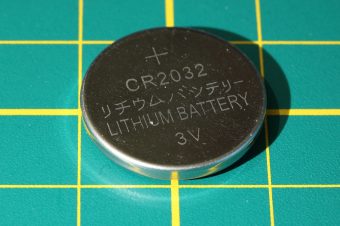
On July 8, Tesla submitted a patent application for processes to extract lithium from a clay mineral and its composite elements. Lithium has been at the forefront of many technological changes since the 1990s thanks to the commercialization of lithium-ion batteries — it is the reason for the revolution in electric vehicles (EVs) and personal technology devices.
Lithium is vital to the clean energy transition for the batteries that provide power and store energy. It is the gateway that allows renewable power to be released steadily and reliably. Demand for lithium has soared in recent years as automakers have moved much more toward EVs, notably since many countries including the UK, Sweden, the Netherlands, France, Norway, and Canada have announced a phaseout of combustion-engine cars.
More:
According to the World Bank, 5× more lithium than is mined currently is going to be necessary to meet global climate targets by 2050.
The new Tesla patent application includes providing a clay mineral comprising lithium, mixing a cation source with the clay mineral, performing a high-energy mill of the clay mineral, and performing a liquid leach to obtain a lithium-rich leach solution.
The patent, titled “Selective Extraction of Lithium from Clay Minerals,” argues that extracting lithium from ore using sodium chloride is an environmentally friendlier way to obtain the metal compared to currently used techniques such as acid leaching. According to Tesla, it also allows for higher recoveries.
Clay minerals consist of microscopic framework layers composed of Li, Na, K, Al, Si, Mg, Ca, Fe, O, and/or OH, and inter-layer spaces through which cations like Li, Na, K, and Mg may be conducted in water or other electrolytes. The position of the lithium atom in this mineral structure makes all the difference for how it can be extracted — if the lithium is found within the framework layer or floating in the interlayer.
Source: Clean Technica



